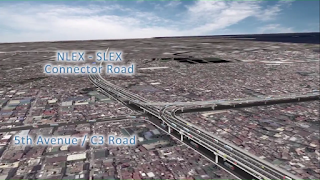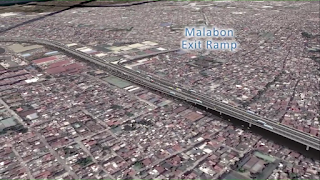THE GOVERNMENT yesterday broke ground on the Light Rail Transit (LRT)-2 East extension project targeted for completion by August next year, which will extend the rail system by two stations to Antipolo.
The project involves the construction of a 4- kilometer (km) extension of the existing LRT-2 system from Santolan in Pasig to Masinag in Antipolo.
Two new stations will be built: the Emerald station, which will be located in front of Robinsons Metro East and Sta. Lucia in Cainta; and the Masinag station, which will be located before the Masinag Junction in Antipolo City.
The Department of Transportation (DoTr) said yesterday that the project will reduce travel time to 40 minutes from Masinago to Claro M. Recto in Manila from the current average of three hours. It is expected to accommodate 80,000 passengers daily during its first five years of operation, adding to the current LRT-2 average daily ridership of 240,000.
“It will be a timely addition to have both new stations in the LRT Line 2 as we acknowledge the need for greater accessibility of passengers coming from the eastern side of Metro Manila, extending to key areas of Antipolo and its nearby cities,” Transportation Secretary Arthur P. Tugade said on Tuesday.
The construction of the stations is set to be finished by August 2018.
Light Rail Transit Authority (LRTA) Administrator Reynaldo I. Berroya noted that the project is part of efforts to further decongest Metro Manila roads.
“The completion of the LRT Line 2 East Extension Project is part of the fulfillment of the government’s promise to ease traffic congestion by extending the service of the LRT-2 to the eastern part of Metro Manila,” Mr. Berroya added.
On the other end of LRT-2 -- which will run from Recto to Pier 4 -- Mr. Tugade said the government is targeting to start it by year’s end.
“For the Recto Extension to Pier 4, my instructions are that we should not wait for the completion of the East extension before starting on the West,” Mr. Tugade told reporters during the groundbreaking ceremony in Antipolo.
The LRT-2 west extension is initially expected to run 3.02 kilometers and with three proposed additional stations including Tutuban (next to the Cluster Mall); Divisoria (west of the Recto Avenue and Asuncion Street intersection); and Pier 4 (50 meters north of Zaragoza Street).
Meanwhile, Mr. Berroya said yesterday that discussions are still ongoing on whether to privatize the Operations and Maintenance of both LRT-2 and LRT-1.
“We are studying that, reviewing what direction to take,” the LRTA official said.
“In the next 2-3 board meetings we may have a decision if we privatize,” he added.
The ongoing review will not however consider any cancellation of existing concessions.






